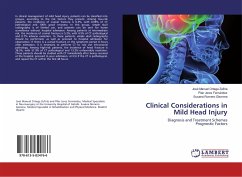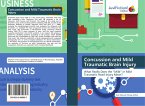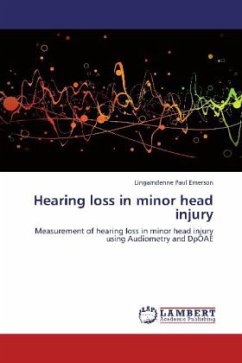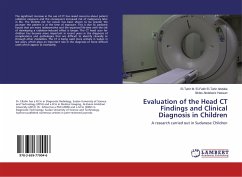In clinical management of mild head injury, patients can be classified into groups, according to the risk factors they present. Among low-risk patients, the incidence of cranial fracture is 0.3%, with 0.06% of CT pathological and 100% good recovery. In this group, simple skull radiography is of limited use, and patients can be sent for home surveillance without hospital admission. Among patients at intermediate risk, the incidence of cranial fracture is 5.2%, with 4.5% of CT pathological and 0.7% adverse evolution. In these patients, simple skull radiography should be performed, as well as proceed to hospital admission for observation. If there is a cranial fracture or the symptoms persist 8 hours after admission, it is necessary to perform CT to rule out intracranial pathology. Among high-risk patients, the incidence of head fracture is 38.3%, with 51.9% of CT pathological and 13.3% unfavorable evolution. These patients should be studied with CT immediately after being received at the hospital, proceed to your admission, at ICU if the CT is pathological, and repeat the CT within the first 48 hours.








